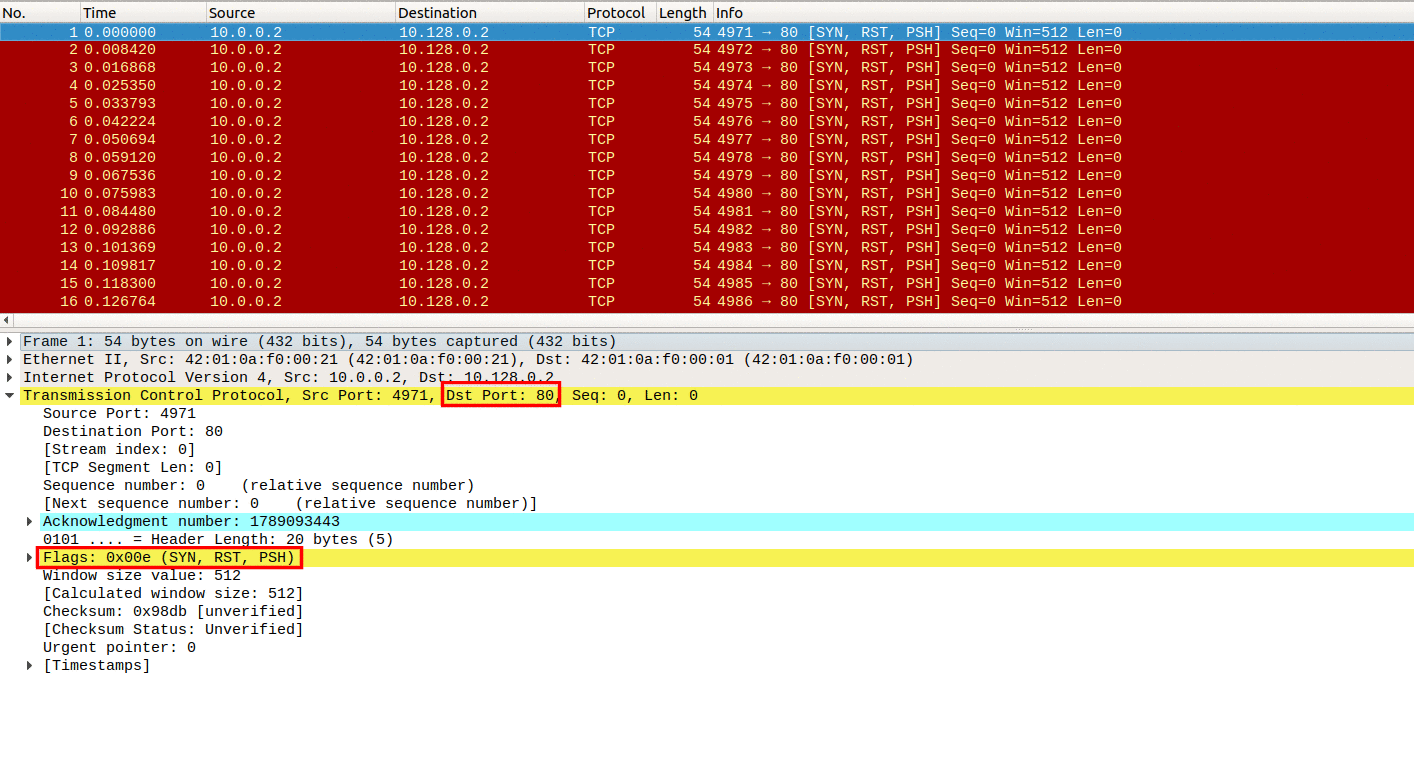

Choose “Manage Display Filters” to open the dialogue window.Open Wireshark and go to the “bookmark” option.Here’s what you need to do to save a display filter: Find the appropriate filter in the dialogue box, tap it, and press the “+” button to save it.Click on “Manage Display Filters” to view the dialogue box.Launch Wireshark and navigate to the “bookmark” option.Instead of retyping complex capture filters, follow the steps below to save them in the “bookmark” menu: If you’re not especially confident about remembering complex syntax abbreviations, the “bookmark” option is a hassle-free tool for retrieving frequently used Wireshark filters. When you select “Manage Display Filters” or “Manage Filter Expressions,” you can modify, add, or remove filters. Wireshark will generate a list of filters beginning with “tcp.” Go down the search results until you find the correct moniker.Īnother way to find filters is the “bookmark” option next to the entry field. For example, if you’re sure the filter starts with “tcp,” type this information into the appropriate search field. Sometimes, Wireshark’s autocompleting feature can help you resolve the issue. This filter displays TCP packets with a delta time above 250 mSec within their stream.įailing to remember the correct syntax of a filter is frustrating and can prevent you from finding valuable data quickly. It lets you block distracting data so that you can focus on analyzing more urgent information. Use it to remove arp, dns, or icmp protocol you don’t need. The above filter is designed to exclude specific protocols. For example, when you replace “xxx” with “traffic,” you’ll see all packets containing “traffic.” It’s best to use this filter to scan a specific user ID or string. If you’re curious where the item appears within a capture, type its name instead of “xxx.” The filter will locate all instances of the term, sparing you from reading through the package. This filter will find all TCP capture packets that include the specified term. This is one of the most impressive Wireshark filters since a TCP reset terminates the connection instantly.
Wireshark filters syn Pc#
When its value is set to one, it alerts the receiving PC that it should stop operating on that connection. Each captured packet has an associated TCP. It’s one of the most convenient filters you can rely on to complete your task if you’re in a time crunch.Īpplying this filter will show every TCP reset. Instead of going through an entire captured package, the filter generates data regarding traffic going into or from a single port. The above filter narrows down your search to a specific destination port or source. For example, if you need to find suspicious FTP traffic, all you need to do is set the filter for “ftp.” To learn why a web page fails to appear, set the filter to “dns.” tcp.port=xxx It’s a time-saving filter that lets you zero in on a specific protocol you want to examine. When you apply this filter, it will display every dns or http protocol. The filter ignores unnecessary data and only focuses on finding information that interests you the most.įor destination filtering, use the ip.src = xxxx & ip.dst = xxxx string. It’s invaluable for checking data between two selected networks or hosts. This string establishes a conversation filter going between two preset IP addresses. We’ve compiled a list of the best Wireshark filters to help you use the program more efficiently and take the guesswork out of analyzing piles of saved data.


When you struggle to type the appropriate filter, you waste valuable time.īut you’re in luck. When you want to find and apply a capture filter, use the “Enter a capture” section in the middle of the welcome screen.Īlthough Wireshark boasts comprehensive filtering capabilities, remembering the correct syntax often gets tricky. To access and use an existing filter, you must type the correct name in the “Apply a display filter” section underneath the program’s toolbar. Wireshark has an impressive library of built-in filters to help users better monitor their networks. A display filter keeps data within a trace buffer, hiding the traffic you’re disinterested in and displaying only the information you wish to view. Also, you can establish it while the operation is in progress. You can set this type of filter before initiating a capture operation and later adjust or cancel it. On the other hand, display filters contain parameters that apply to all captured packets.


 0 kommentar(er)
0 kommentar(er)
